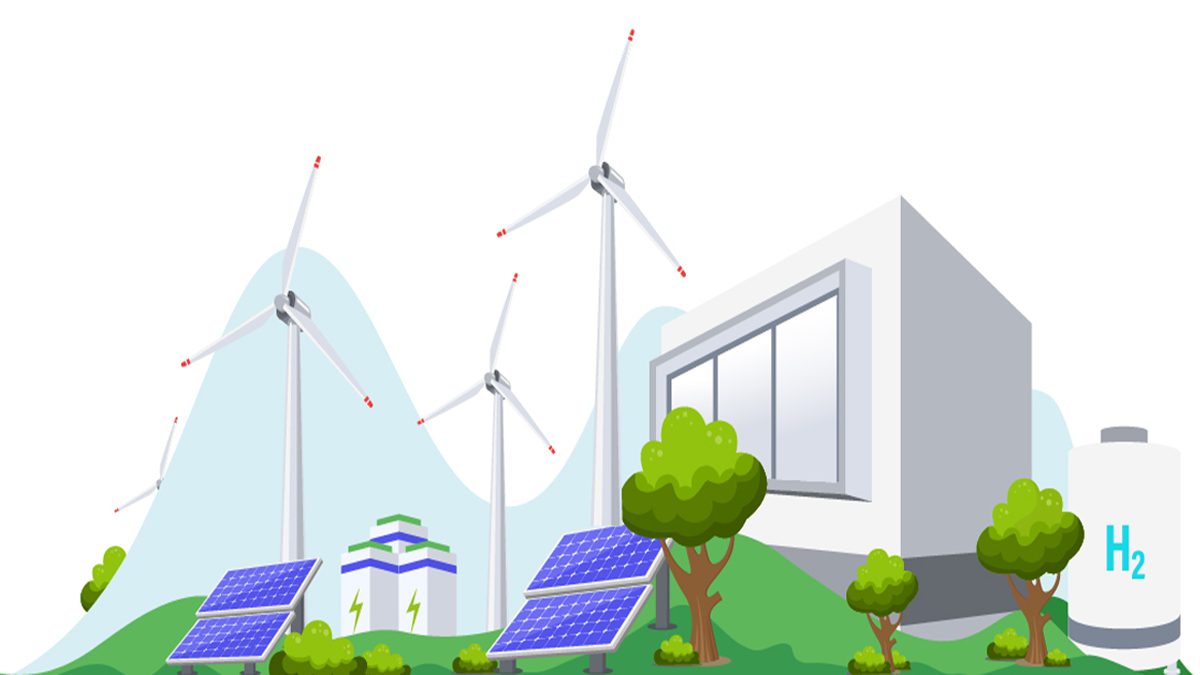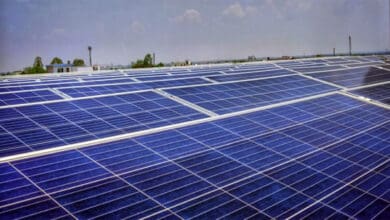The Government of India has undertaken numerous measures and initiatives to promote the development of renewable energy (RE), particularly solar and wind power, incentivizing industries to shift from conventional coal-thermal based power to renewable sources. As of June 30, 2024, the country’s total installed capacity of solar photovoltaic (PV) power stands at 85.47 GW, while wind power capacity is at 46.65 GW.
Aiming to achieve 500 GW of installed electric capacity from non-fossil sources by 2030, the Government has launched a series of initiatives to accelerate renewable energy capacity. One significant measure includes the notification of a trajectory for RE power bids of 50 GW annually, to be issued by Renewable Energy Implementation Agencies (REIAs) such as the Solar Energy Corporation of India Limited (SECI), National Thermal Power Corporation (NTPC), National Hydroelectric Power Corporation (NHPC), and Satluj Jal Vidyut Nigam (SJVN) from FY 2023-24 to FY 2027-28. Additionally, Foreign Direct Investment (FDI) is permitted up to 100% under the automatic route.
To further boost the sector, the Government has waived Inter State Transmission System (ISTS) charges for inter-state sale of solar and wind power for projects to be commissioned by June 30, 2025, for Green Hydrogen Projects till December 2030, and for offshore wind projects till December 2032. The Renewable Purchase Obligation (RPO) trajectory has been announced till 2029-30, including a separate RPO for Decentralized Renewable Energy. To attract and facilitate investments, a Project Development Cell has been established.
Standard Bidding Guidelines for tariff-based competitive bidding processes for the procurement of power from grid-connected solar, wind, and wind-solar projects have been issued. Several schemes, such as the Pradhan Mantri Kisan Urja Suraksha evam Utthaan Mahabhiyan (PM-KUSUM), PM Surya Ghar Muft Bijli Yojana, National Programme on High Efficiency Solar PV Modules, National Green Hydrogen Mission, and the development of 1 GW Offshore Wind Energy Projects, are also in place. The Government has initiated the setting up of Ultra Mega Renewable Energy Parks to provide land and transmission to RE developers for large-scale installations.
Under the Green Energy Corridor Scheme, new transmission lines are being laid and new sub-station capacity is being created to evacuate renewable power. The Electricity (Rights of Consumers) Rules, 2020, have been issued to allow net-metering up to five hundred kilowatts or up to the electrical sanctioned load, whichever is lower. The Cabinet has approved the Viability Gap Funding (VGF) scheme for offshore wind energy projects for the installation and commissioning of 1 GW of offshore wind energy projects, specifically 500 MW each off the coasts of Gujarat and Tamil Nadu.
The “National Repowering and Life Extension Policy for Wind Power Projects, 2023” has been issued, along with the “Strategy for Establishments of Offshore Wind Energy Projects,” indicating a bidding trajectory of 37 GW by 2030 and various business models for project development. The Offshore Wind Energy Lease Rules, 2023, have been notified to regulate the grant of lease of offshore areas for developing offshore wind energy projects. The procedure for Uniform Renewable Energy Tariff (URET) has been issued, and Standard & Labelling (S&L) programs for Solar Photovoltaic modules and Grid-connected Solar Inverters have been launched.
To support the steep RE trajectory, a transmission plan has been prepared till 2030, and “The Electricity (Late Payment Surcharge and related matters) Rules (LPS rules)” have been notified. The “Promoting Renewable Energy through Green Energy Open Access Rules 2022” has also been issued. The Green Term Ahead Market (GTAM) has been launched to facilitate the sale of renewable energy power through exchanges. Additionally, the Government has mandated that power shall be dispatched against a Letter of Credit (LC) or advance payment to ensure timely payment by distribution licensees to RE generators.














